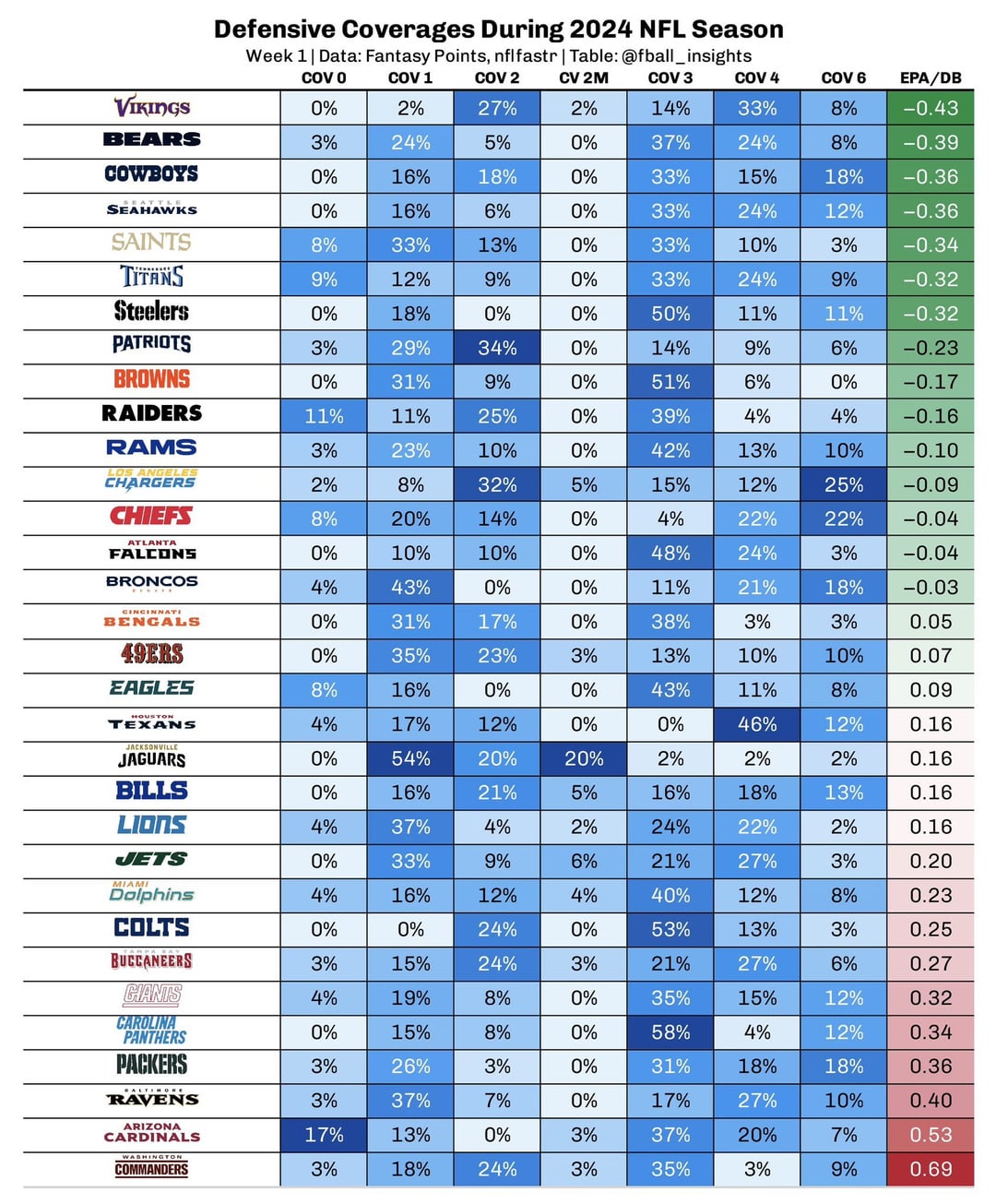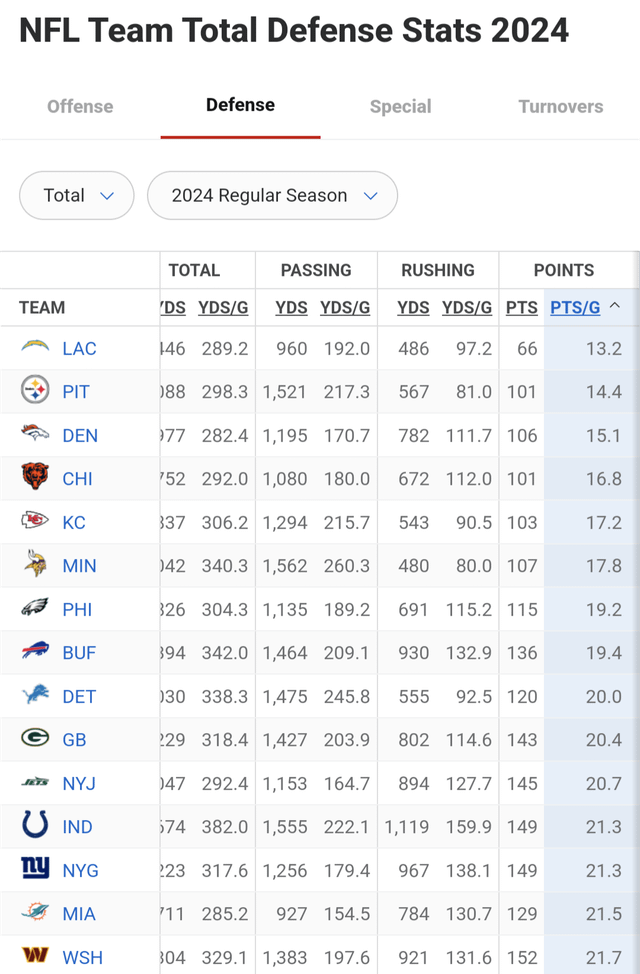Alright, so I was thinking about the 2016 NFL season the other day, specifically about defenses. It’s funny how memory works, you remember the big games, the Super Bowl, but the nitty-gritty of who was truly dominant defensively across the whole season? That can get a bit fuzzy.
My Dive into the 2016 Defensive Stats
So, I decided to do a little digging, more out of curiosity than anything else. It wasn’t like I was writing a research paper, just wanted to refresh my memory and see how things really stacked up. My first thought was, “Okay, where do I even start?” It’s not like this stuff is always front and center years later.

I began by trying to recall what metrics really mattered for defense. Points allowed is always a big one, right? If you’re not letting the other team score, you’re doing something right. That seemed like a good starting point.
Then, naturally, I thought about total yards allowed. A defense could be stingy on points but still let teams march up and down the field, maybe getting lucky in the red zone. So, yards allowed per game, that felt important to look at. I figured I’d also check out yards per play, ’cause that tells you how efficient offenses were against these units.
My process was pretty straightforward, really. I started pulling up some old sports stats sites. You know how it is, some are easier to navigate for historical data than others. It took a bit of clicking around. I wasn’t looking for anything super fancy, just the raw end-of-season numbers for each team.
- I made a mental checklist: Points against.
- Total yards given up.
- Then, takeaways! Fumbles recovered, interceptions. Those game-changing plays. A defense that creates turnovers can really shift momentum.
- Sacks too. Can’t forget sacks. Pressuring the quarterback is huge.
As I was gathering this info, I wasn’t trying to create some complex algorithm. It was more about getting a feel. I’d look at the top few teams in each category. Sometimes a team would be way up there in points allowed but maybe middle of the pack in total yards, which makes you think, “Hmm, bend but don’t break, eh?”
What I found interesting wasn’t just who was number one overall in some combined ranking, but how different teams excelled in different areas. One team might have been an absolute wall when it came to stopping the run, while another was a no-fly zone against the pass. It’s these nuances that I find cool.
I didn’t stop at just the basic stats. I tried to recall some of the more, let’s say, “advanced” (though not too advanced for me) metrics people talked about back then. Things like defensive DVOA, if I could find a reliable source for 2016, that was always insightful. It tries to give a more context-based view than just raw totals.
Honestly, it was a bit like putting a puzzle together. You get a piece here, a piece there, and slowly the bigger picture of that season’s defensive landscape starts to form. It wasn’t about definitively saying “this team was THE BEST, no arguments.” It was more about appreciating the different strengths and styles of the top defensive units that year.

By the end of my little research session, I had a much clearer idea in my head of which defenses were truly formidable in 2016. It wasn’t a formal ranking I was publishing or anything, just my own satisfied curiosity. It’s always fun to go back and look at this stuff, especially when you can take your time and just soak in the numbers without the immediate pressure of gameday hype.

















